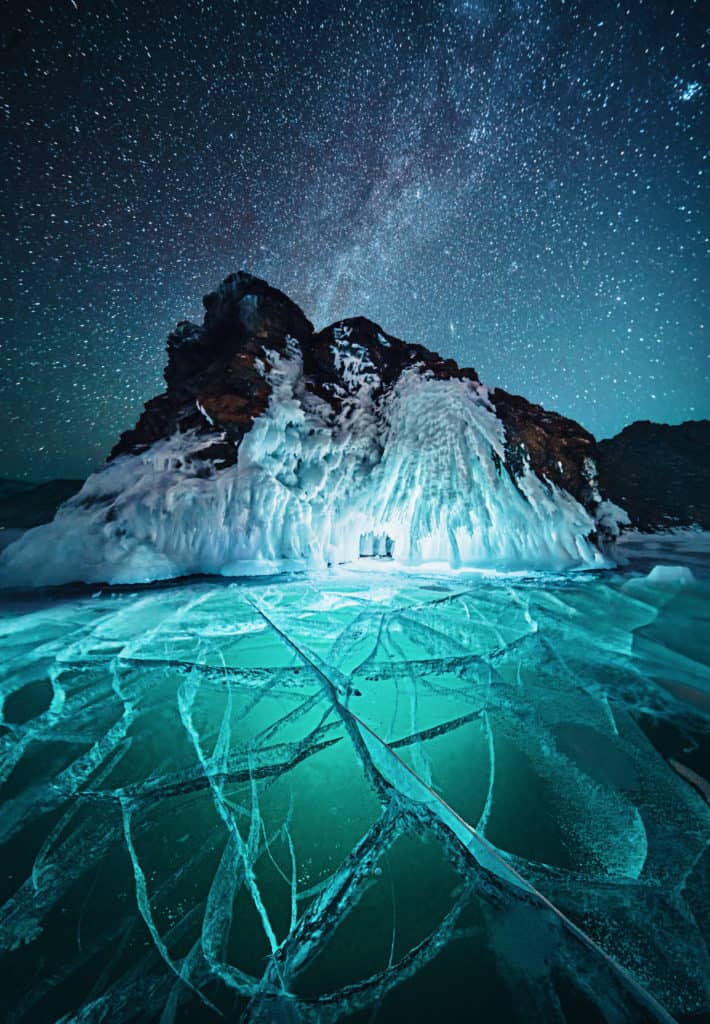by Deb Whitehorse | May 1, 2021 | 2020-2021, Home Page

Runner Tracks
From the news of the odd department, NASA researchers have recently declared rocks as ice sailing entities.
Tip of the Helmet George Gerhardt.
What moves the sailing stones of Death Valley?
…the rock movements occurred during a rare combination of conditions in winter. There had to be a shallow layer of water in the dry lake bed and nighttime temperatures cold enough for the formation of a thin layer of ice. On sunny days, melting caused the ice to break into large floating panels that, driven by light winds, pushed against the rocks to move them, leaving tracks on the desert floor. Read more.
Like this:
Like Loading...
by Deb Whitehorse | Feb 13, 2021 | 2020-2021, Home Page
It’s -5F/-21C in Madison, WI this morning. Oh, and it’s snowing, thus proving that it’s never too cold to snow. Many of us are spending another weekend off the ice. Why not get your ice-science geek on and read DN sailor Ken Smith’s article about ice’s magical properties and learn about peel-outs.
WHY ICE WORKS
Push your boat over ice, and it slides almost friction-free. Why is there no friction? Because ice is magic. Ice floats on water.
Professor, explain why runners are almost frictionless on ice? Well, pilot, most materials live by phase diagrams that display what pressure and temperature does to the material “phases,” liquid, solid and gas. Take a gas, put it under pressure and it becomes a liquid. Take a liquid and put it under pressure and it becomes a solid. Works for lava. Works for steel, works for most anything that has a liquid state. It works for water, too. The magic stuff, ice will become water (or slush) if it gets above 32 degrees F, 0 degrees C. But there is a special condition found in ice where the phase transitions are a little wacky. This wackiness means the solid is less densethan the liquid. Ice floats. Stay with me here.
Continue reading in the February 2021 edition of the DN class newsletter, Runner Tracks, page 8.
Like this:
Like Loading...
by Deb Whitehorse | Oct 23, 2018 | Home Page
Here’s a nice flat piece of ice estimated to be over a mile wide to get us in the mood for upcoming ice checks. Learn more about how tabular icebergs are formed on Live Science.
Like this:
Like Loading...




